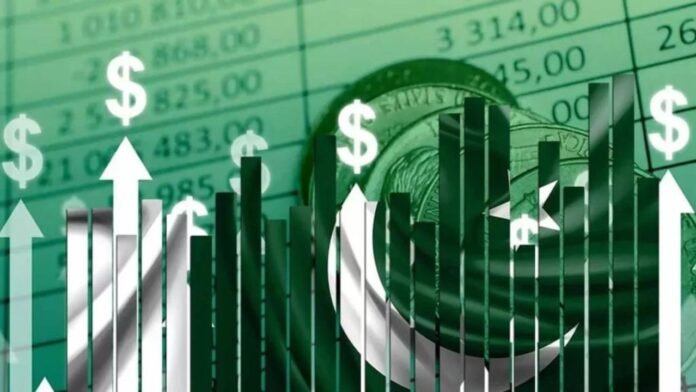Pakistan’s debts and liabilities increased by 4643 billion PKR in this Financial Year Debt, reaching 67,524 billion PKR. This sharp increase highlights the nation’s continuing fiscal problems.
According to the National Economic Survey, external debt decreased by 89 billion rupees to 21,941 billion rupees during this fiscal year. This reduction is a positive indicator, albeit a small one, of the overall debt situation.
Foreign investment from July to April was reported at 659 million dollars. This figure reflects the level of confidence and interest from international investors in the Pakistani market during this period.
One of the standout performers, the cement industry, has shown remarkable growth. Cement sales have surged by 3%, reaching an impressive 41.74 million tons. Furthermore, cement exports have skyrocketed by a substantial 66%. This surge in the cement sector not only underscores the strong demand but also the expansion in both domestic and international construction activities.
The survey also provides insights into Pakistan’s trade dynamics. Exports increased by 11% from July to May, amounting to 28 billion dollars. On the contrary, imports fell by 2.4% or $49.8bn. Thus, the trade deficit slumped to $21.7 billion after shrinking 15%. Reducing the trade imbalance is notable because it suggests better economic stability through improved trading positions.
The first ten months of the fiscal year have resulted in a current account deficit of $538 million, an important measure for assessing financial soundness and capacity to meet obligations with other countries.
During this period, the growth rate was recorded at 2.38%, while the agriculture sector grew by 6.25% due to bumper harvests, such as wheat, which increased by 11.64% to reach 28.16 million tonnes. However, the industrial sector only expanded by a modest 1.21%, showing that some areas still require more attention for development.
This year’s data paints a mixed picture of our economy’s health. Although we face serious problems like debt management and boosting manufacturing sectors, there has been a noticeable improvement over the years regarding trade balance sheets, agricultural outputs, and external debt reduction. These results suggest the need to resume working towards stabilizing growing economies.


